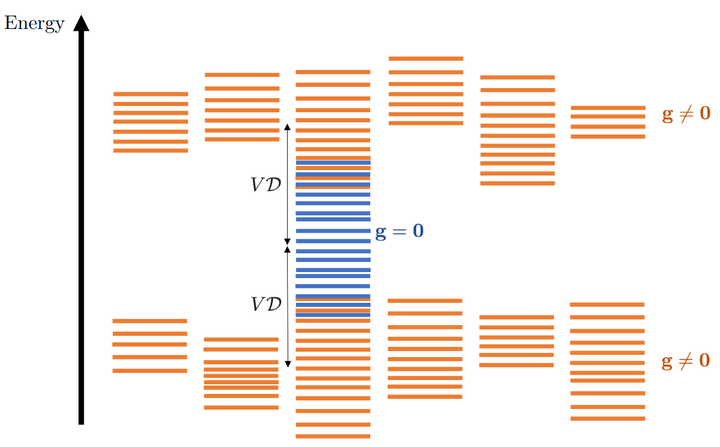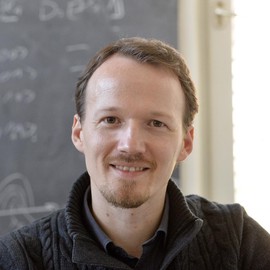Gauge-Symmetry Protection Using Single-Body Terms

Abstract
Quantum-simulator hardware promises new insights into problems from particle and nuclear physics. A major challenge is to reproduce gauge invariance, as violations of this quintessential property of lattice gauge theories can have dramatic consequences, e.g., the generation of a photon mass in quantum electrodynamics. Here, we introduce an experimentally friendly method to protect gauge invariance in $U(1)$ lattice gauge theories against coherent errors in a controllable way. Our method employs only single-body energy-penalty terms, thus enabling practical implementations. As we derive analytically, some sets of penalty coefficients render undesired gauge sectors inaccessible by unitary dynamics for exponentially long times, and, for few-body error terms, with resources independent of system size. These findings constitute an exponential improvement over previously known results from energy-gap protection or perturbative treatments. In our method, the gauge-invariant subspace is protected by an emergent global symmetry, meaning it can be immediately applied to other symmetries. In our numerical benchmarks for continuous-time and digital quantum simulations, gauge protection holds for all calculated evolution times (up to $t>10^{10}/J$ for continuous time, with $J$ the relevant energy scale). Crucially, our gauge-protection technique is simpler to realize than the associated ideal gauge theory, and can thus be readily implemented in current ultracold-atom analog simulators as well as digital noisy intermediate scale quantum (NISQ) devices.
Published 18 October 2021



